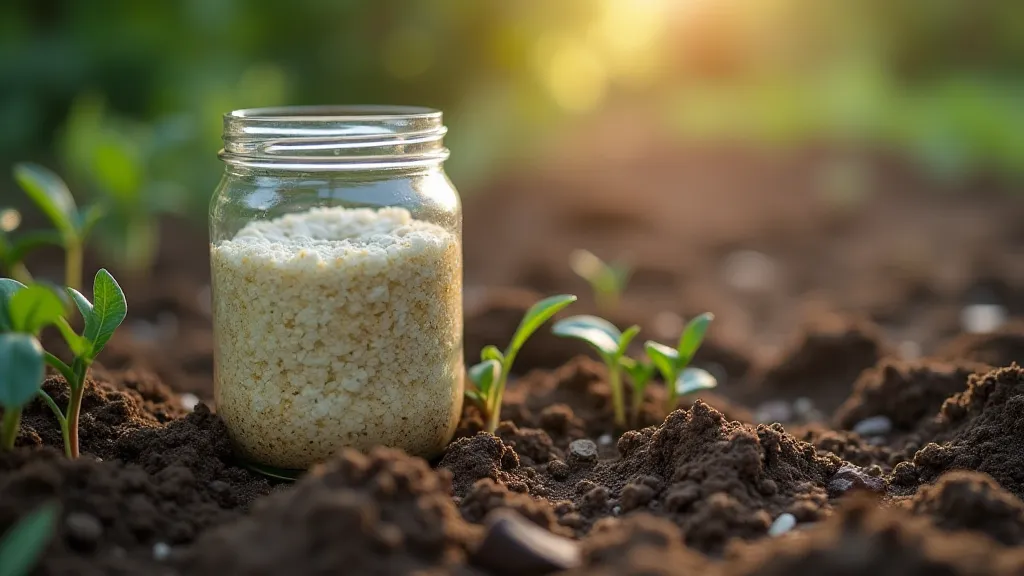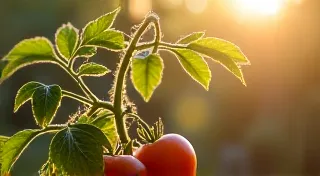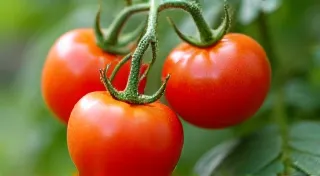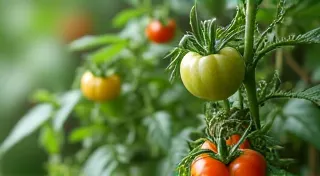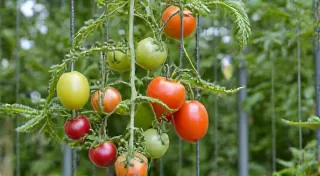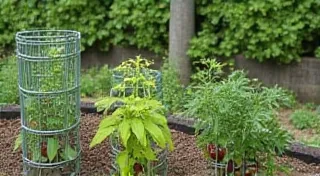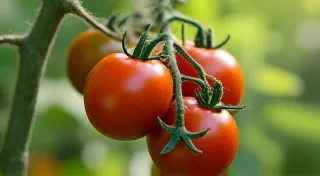Dealing with Blossom End Rot: A Regional Approach
Blossom end rot (BER) is a frustrating problem for tomato growers, particularly those growing heirloom varieties. It manifests as a dark, sunken, leathery spot on the blossom end of the tomato – the opposite of the stem end. While the cause is ultimately a calcium deficiency within the fruit, the reason for that deficiency varies drastically depending on your region and growing conditions. A blanket approach to treatment rarely works. This guide breaks down BER solutions, considering the nuances of different climate zones.
Understanding the Root Causes: More Than Just Calcium
Simply adding calcium to the soil doesn't always solve the problem. BER occurs when the plant is unable to uptake the calcium it needs, even if it's present. Several factors impact calcium absorption, and these are strongly influenced by regional climate and soil characteristics.
The Role of Soil pH
Soil pH is paramount. Calcium availability is severely limited when the pH is too high (alkaline) or too low (acidic).
- Acidic Soils (Eastern US, many parts of the Northwest): Acidic soils (pH below 6.0) often tie up phosphorus, which interferes with calcium uptake. Even if the soil has calcium, the plant can't use it efficiently.
- Alkaline Soils (Midwest, Plains, Western US): High pH (above 7.5) makes calcium insoluble, meaning it's present but the plant can't absorb it. This is a common issue in the Midwest and across the Western US.
Watering Practices: A Regional Concern
Uneven watering is a huge contributor. Drought followed by heavy watering creates fluctuating calcium levels within the fruit.
- Arid Regions (Southwest, California): Water scarcity is a major issue. Consistent, deep watering is critical, often requiring irrigation. Mulching is essential to retain moisture and regulate soil temperature.
- Humid Regions (Southeast, Midwest): While rainfall may be plentiful, it often comes in intense bursts, followed by dry periods. Consistent watering with soaker hoses or drip irrigation, combined with mulch, helps regulate moisture.
Soil composition plays a significant role. Sandy soils drain rapidly, potentially leaching calcium. Clay soils retain moisture but can also impede drainage and aeration.
- Sandy Soils (Coastal Regions, Florida): Amend with compost and well-rotted manure to improve water retention and nutrient availability. Consider slow-release fertilizers. For a deeper dive into tailored approaches, check out our guide on soil amendments for heirloom tomatoes.
- Clay Soils (Midwest, Texas): Improve drainage by incorporating organic matter like compost and perlite. Raised beds can be beneficial.
Let’s break down strategies based on common regions.
Northeast & Mid-Atlantic (Acidic Soils, Variable Rainfall)
- Soil Amendment: Apply lime (dolomitic lime is best as it provides magnesium as well) to raise the pH gradually. Soil tests are essential to determine the correct amount.
- Watering: Consistent moisture with soaker hoses.
- Fertilizer: Balanced fertilizer with phosphorus to improve calcium uptake.
- Soil Amendment: Lime application, guided by soil tests. Magnesium deficiency is also common; dolomitic lime addresses both.
- Watering: Maintain even moisture, even during periods of heavy rainfall.
- Foliar Calcium: Consider foliar sprays of calcium chloride or calcium nitrate, especially during fruit development.
Midwest & Plains (Alkaline Soils, Variable Rainfall)
- Soil Amendment: Adding sulfur can help lower the pH over time, but it's a slow process. Organic matter is crucial to chelate (bind) calcium, making it available to the plant. Compost, peat moss, and pine needles help. For the best support, consider our recommendations on choosing the right tomato cage.
- Watering: Consistent watering is critical, especially during dry periods.
- Chelated Calcium: Consider using chelated calcium fertilizers, which are designed to be more readily absorbed by plants in alkaline soils.
- Soil Amendment: Consistent organic matter additions are vital. Sulfur can be used cautiously to lower pH.
- Watering: Drip irrigation is almost mandatory.
- Foliar Feeding: Foliar sprays of calcium nitrate can provide a temporary boost.
- Soil Amendment: Massive amounts of organic matter are needed to improve soil structure and nutrient availability.
- Watering: Consistent, deep watering via drip irrigation is absolutely essential.
- Mulching: Heavy mulching is a must to conserve moisture and regulate soil temperature.
The success of your tomato growing endeavors also depends on selecting the right variety for your region. Some heirloom varieties are naturally more resilient to blossom end rot and thrive in specific climates. For instance, the Arkansas Traveler tomato is celebrated for its ability to perform remarkably well in Appalachian gardens, even with challenging soil conditions. Similarly, "Hillbilly Tomatoes" have become a treasured secret amongst gardeners in the Southeast. While specific varieties can offer a degree of resilience, proactive soil management and proper watering techniques are essential.
Prevention is Key
The best approach is preventative. Consistent soil testing, amending soil based on those results, proper watering techniques, and selecting heirloom varieties that are known to perform well in your region can greatly reduce the likelihood of blossom end rot. Regular observation of your plants is also crucial for early detection and intervention. Soil pH is a critical factor, and even small adjustments can make a big difference. Understanding your local soil type is equally important – are you working with sandy, clay, or loamy soil? Each type has its own unique challenges and requires specific amendments to optimize nutrient availability and water retention. Proper cage selection is also surprisingly important, as it can impact airflow and sunlight exposure, impacting disease resistance. Remember, successful tomato growing is a journey of learning and adaptation.
